How To Use Polarising Filter?
A polarizing filter is a camera accessory that can be screwed onto the front of a camera lens. It is used to reduce glare and reflections from non-metallic surfaces such as water, glass, and foliage. To use a polarizing filter, follow these steps:
1. Screw the filter onto the front of your camera lens.
2. Look through the viewfinder or LCD screen and rotate the filter until you see the desired effect. You will notice that the glare and reflections are reduced or eliminated.
3. Adjust the filter as needed to achieve the desired effect.
4. Take your photo.
It's important to note that a polarizing filter can also darken the sky and enhance the colors of foliage, making them appear more vibrant. However, it can also reduce the amount of light entering the lens, so you may need to adjust your exposure settings accordingly.
1、 Definition and Function of Polarising Filter
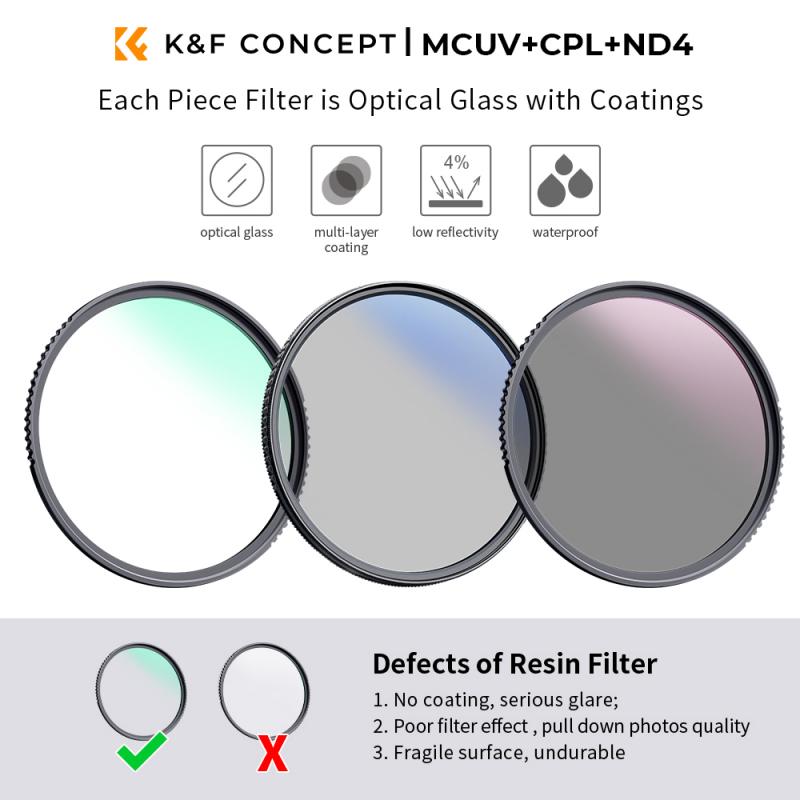
How to use polarising filter:
1. Attach the filter to your camera lens. Make sure it is securely attached and aligned properly.
2. Rotate the filter to adjust the level of polarization. You can do this by looking through the viewfinder or LCD screen and rotating the filter until you achieve the desired effect.
3. Experiment with different angles and positions to see how the filter affects the image. You can rotate the filter to block or enhance reflections, reduce glare, and deepen the colors in the sky and foliage.
4. Keep in mind that polarising filters work best when the light source is at a 90-degree angle to the subject. This means that the filter will be most effective when shooting outdoors on a sunny day.
Definition and Function of Polarising Filter:
A polarising filter is a camera accessory that helps to reduce glare and reflections, deepen colors, and improve contrast in outdoor photography. It works by blocking certain wavelengths of light that are polarized in a specific direction. When light reflects off a surface, such as water or glass, it becomes polarized in a horizontal direction. This can cause unwanted reflections and glare in your photos. A polarising filter blocks this horizontally polarized light, allowing only vertically polarized light to pass through. This helps to reduce reflections and glare, and deepen the colors in the sky and foliage. Polarising filters are commonly used in landscape, nature, and architectural photography, as well as in product photography to reduce reflections on shiny surfaces. The latest point of view is that polarising filters are still a useful tool for photographers, especially in outdoor photography where reflections and glare can be a problem. However, they should be used judiciously and not overused, as they can also affect the overall exposure and color balance of the image.
2、 Types of Polarising Filters
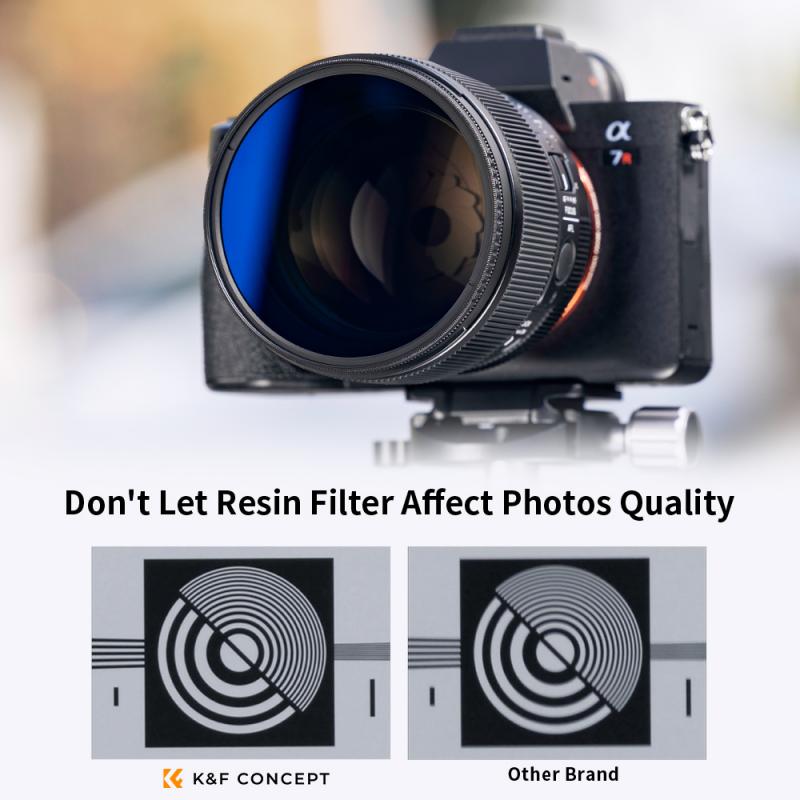
How to use polarising filter:
1. Screw the filter onto the front of your lens.
2. Look through your viewfinder or LCD screen and rotate the filter until you see the desired effect.
3. Adjust the angle of the filter to control the amount of polarization.
Types of Polarising Filters:
1. Linear Polarising Filters: These filters are the traditional type of polarising filter and work by blocking light waves that are vibrating in a certain direction. They are less expensive than circular polarising filters but can cause issues with autofocus and metering systems in modern cameras.
2. Circular Polarising Filters: These filters are more expensive than linear polarising filters but are designed to work with modern autofocus and metering systems. They work by using a quarter-wave plate to convert linearly polarised light into circularly polarised light.
3. Variable ND and Polarising Filters: These filters combine the benefits of a polarising filter with a variable neutral density filter, allowing you to adjust the amount of light entering the lens while also controlling reflections and glare.
4. Nano Coated Polarising Filters: These filters are coated with a special nano coating that helps to reduce reflections and increase contrast. They are more expensive than traditional polarising filters but can provide better image quality.
In recent years, there has been a growing trend towards using polarising filters in landscape and outdoor photography. These filters can help to reduce glare and reflections, enhance colours and contrast, and improve overall image quality. However, it is important to note that polarising filters can also reduce the amount of light entering the lens, which can affect exposure settings and shutter speeds. As such, it is important to experiment with different filters and settings to find the right balance for your specific needs.
3、 Choosing the Right Polarising Filter for Your Camera
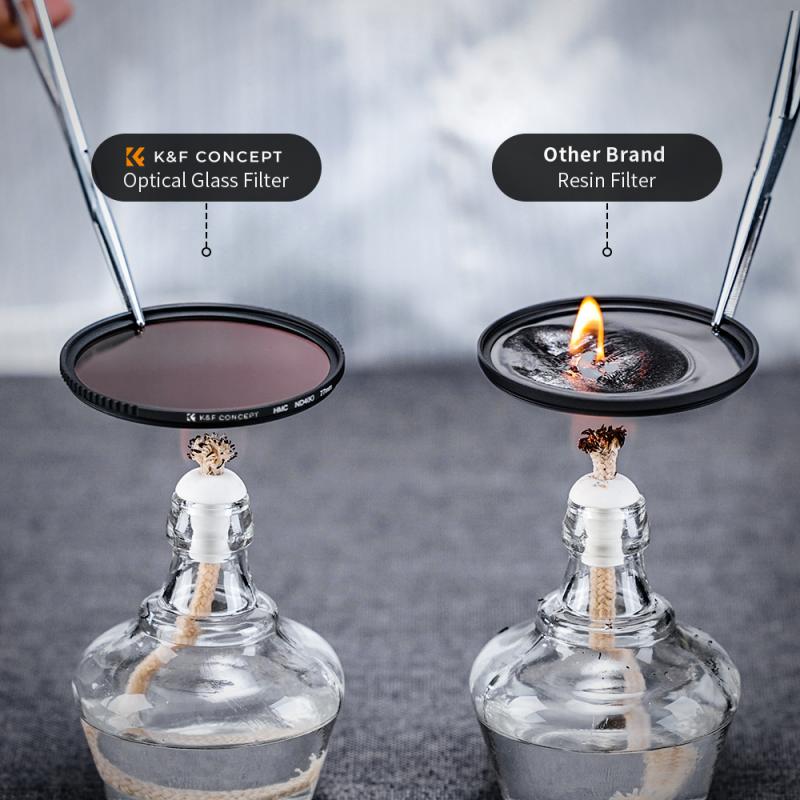
How to Use Polarising Filter:
Using a polarising filter is a great way to enhance your photography by reducing glare and reflections, increasing contrast, and deepening the colors in your images. Here are some steps to follow when using a polarising filter:
1. Screw the filter onto your lens: Polarising filters come in different sizes, so make sure you get the right one for your lens. Once you have the right size, simply screw the filter onto the front of your lens.
2. Adjust the filter: Polarising filters have a rotating ring that allows you to adjust the amount of polarization. Look through your viewfinder or LCD screen and rotate the filter until you achieve the desired effect.
3. Experiment with different angles: The amount of polarization varies depending on the angle of the light source, so try rotating the filter to different angles to see how it affects your image.
4. Be aware of the impact on exposure: Polarising filters can reduce the amount of light that enters your lens, so you may need to adjust your exposure settings accordingly.
Choosing the Right Polarising Filter for Your Camera:
When choosing a polarising filter for your camera, there are a few things to consider. First, make sure you get the right size for your lens. Second, consider the quality of the filter. Cheaper filters may produce lower quality images or even introduce unwanted color casts. Finally, think about the type of photography you will be doing. Circular polarising filters are best for digital cameras, while linear polarising filters are better suited for film cameras.
In recent years, there has been some debate about the use of polarising filters in landscape photography. Some photographers argue that polarising filters can make skies look unnaturally dark or create an artificial look in water. However, others believe that when used correctly, polarising filters can enhance the natural beauty of a scene and create stunning images. Ultimately, the decision to use a polarising filter is up to the individual photographer and their artistic vision.
4、 Installing and Adjusting the Polarising Filter
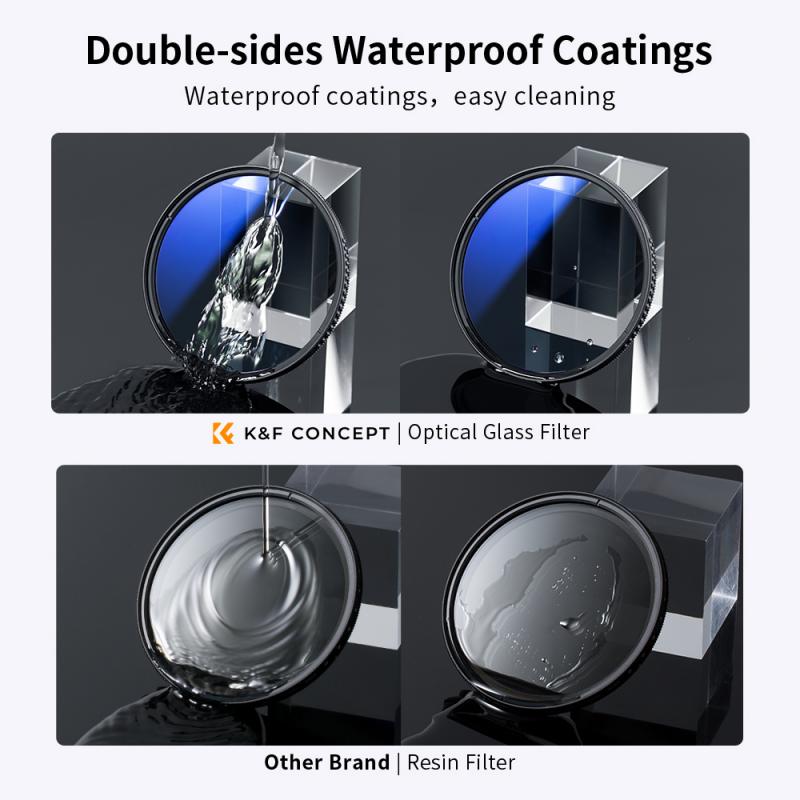
How to use polarising filter:
1. Screw the filter onto the front of your lens. Make sure it is securely attached.
2. Look through your viewfinder or LCD screen and rotate the filter until you see the effect you want. The filter will reduce glare and reflections, deepen the colors in your image, and increase contrast.
3. Adjust the filter to achieve the desired effect. You can rotate it to increase or decrease the amount of polarization.
4. Take your photo. The polarising filter will help you capture a more vibrant and detailed image.
Installing and adjusting the polarising filter is a simple process that can greatly enhance the quality of your photos. It is especially useful when shooting outdoors, as it can reduce the glare from water, glass, and other reflective surfaces. The filter can also help you capture more vivid colors and improve the overall contrast of your image.
It is important to note that polarising filters work best when the light source is at a 90-degree angle to the subject. This means that the filter will be most effective when shooting in bright sunlight or when the sun is low on the horizon.
In addition, it is important to choose the right type of polarising filter for your lens. Circular polarising filters are recommended for digital cameras, as they allow for proper exposure metering and autofocus.
Overall, using a polarising filter is a simple and effective way to improve the quality of your photos. With a little practice, you can achieve stunning results and capture the beauty of the world around you.












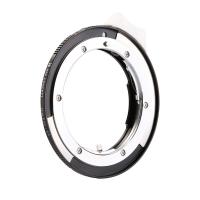









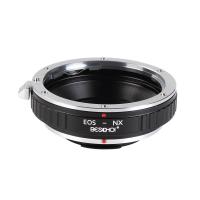

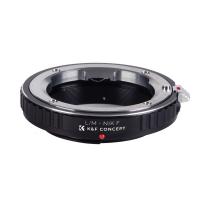




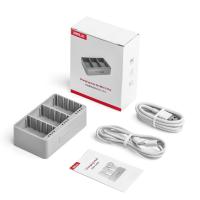
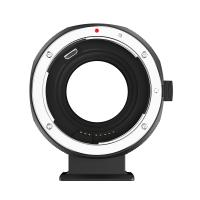
There are no comments for this blog.